

Each of us dreams of healthy and glowing skin.
However, modern realities – stress, bad ecology, ultraviolet radiation – negatively affect its condition.
But there is good news: nature has given us a powerful tool to combat these factors – vitamin E.
In this article, I will tell you in simple language how vitamin E helps to preserve the youthfulness and beauty of your skin, share the real story of my patient and give practical recommendations that you can apply today.
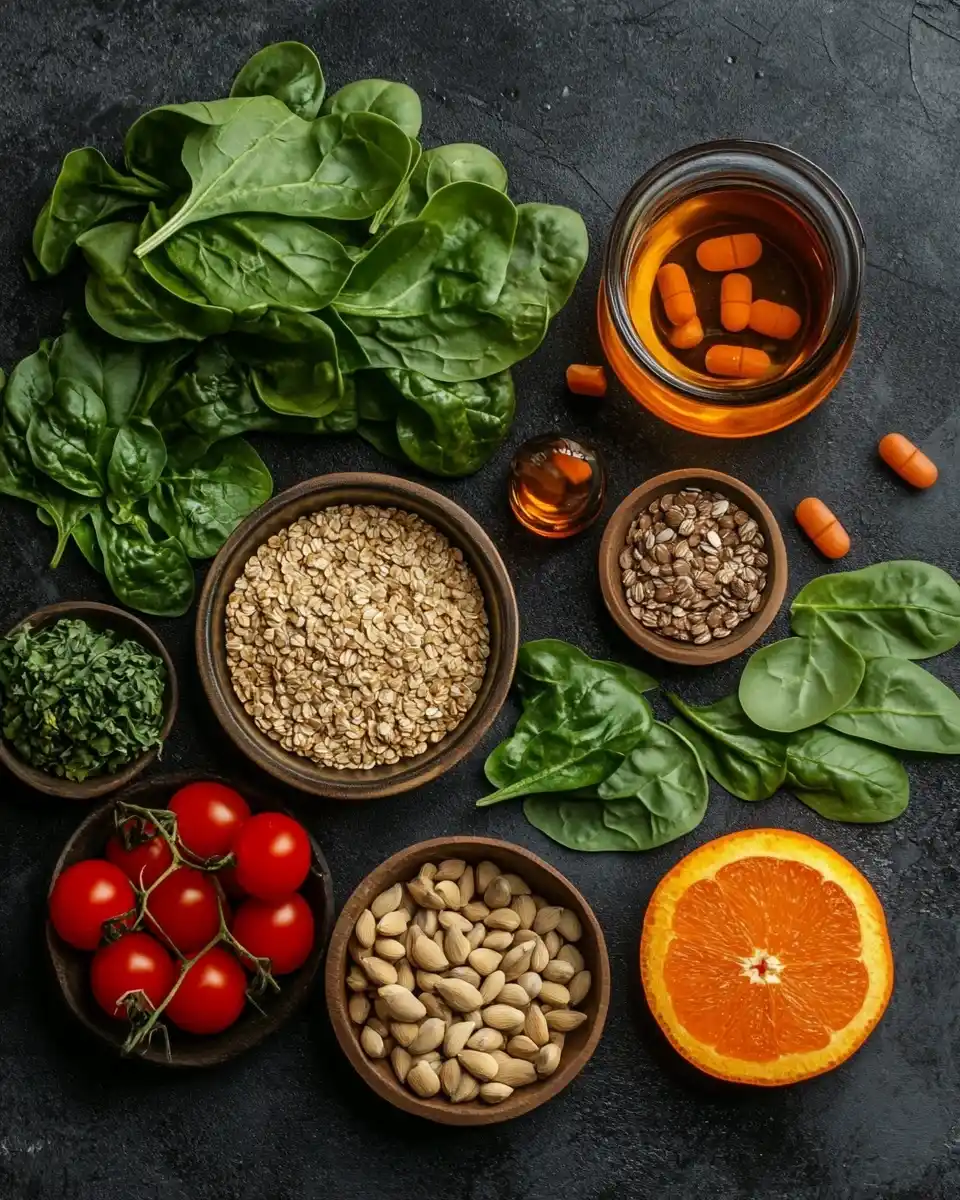
What are free radicals and why are they harmful?
A simple explanation of a complex process
Imagine that our cells are little cities.
Free radicals are the bullies that run around these cities and destroy everything in their path.
They damage cell structures, causing premature aging, wrinkles and age spots.
Where do these “bullies” come from?
- Ultraviolet rays from the sun (UV radiation): prolonged exposure to the sun without protection.
- Air pollution: exhaust fumes, industrial smog.
- Stress and poor nutrition: poor lifestyle increases the formation of free radicals.
- Smoking: one of the main causes of oxidative stress in the body.

Vitamin E is the protector of our cells
How does vitamin E fight free radicals?
Vitamin E is like a shield for our cells.
It neutralizes free radicals, preventing their damaging effects.
This keeps the skin firmer, smoother and healthier-looking for longer.
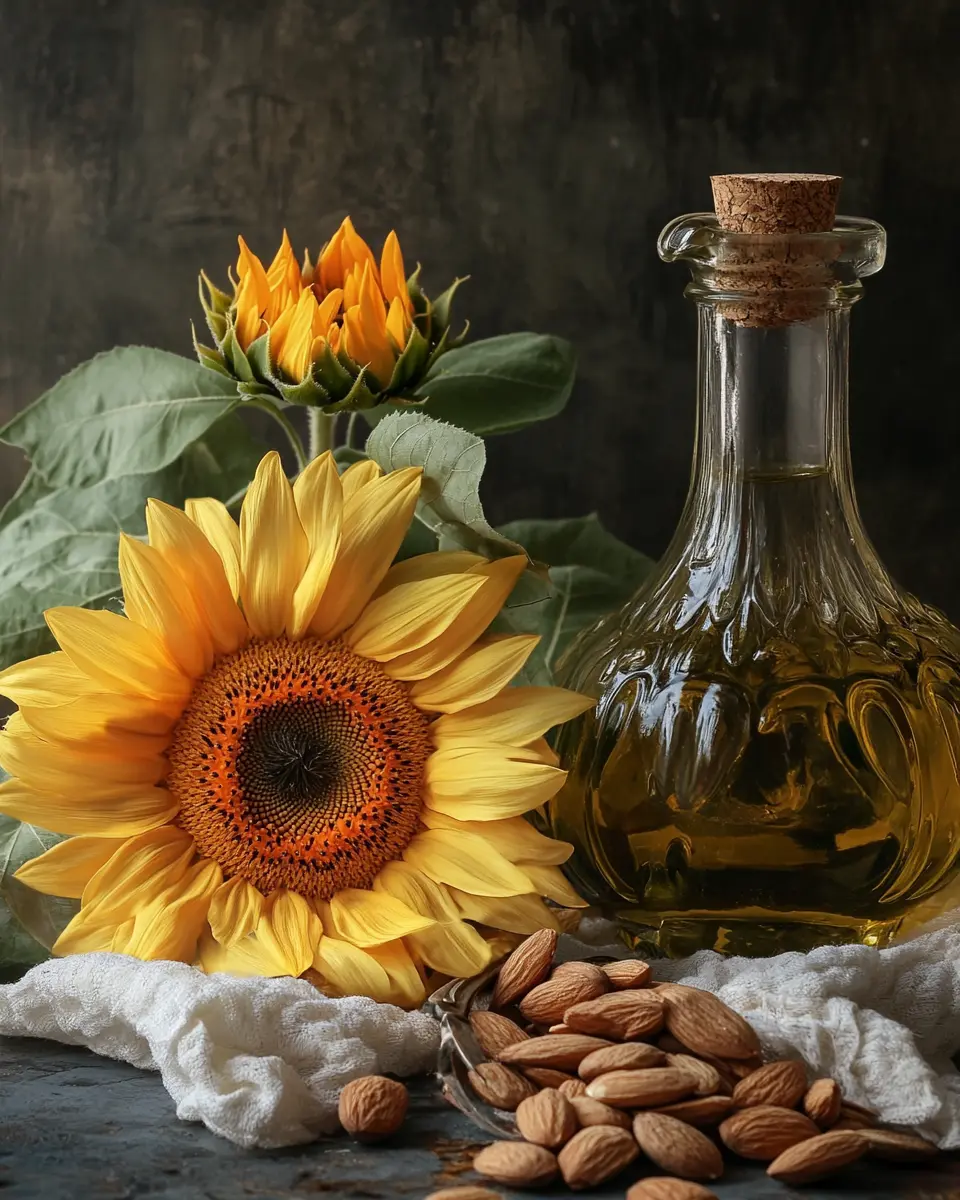
Where is vitamin E found?
- Foods:
- Nuts (almonds, hazelnuts)
- Seeds (sunflower)
- Vegetable oils (olive, sunflower)
- Spinach and broccoli
- Cosmetic products:
- Vitamin E creams and lotions
- Face serums
- Skin oils

Table 1. Vitamin E content in some foods
| Product | Vitamin E (mg) per 100 g |
|---|---|
| Almonds | 25,6 |
| Sunflower seeds | 35,2 |
| Spinach | 2,1 |
| Olive oil | 14,3 |
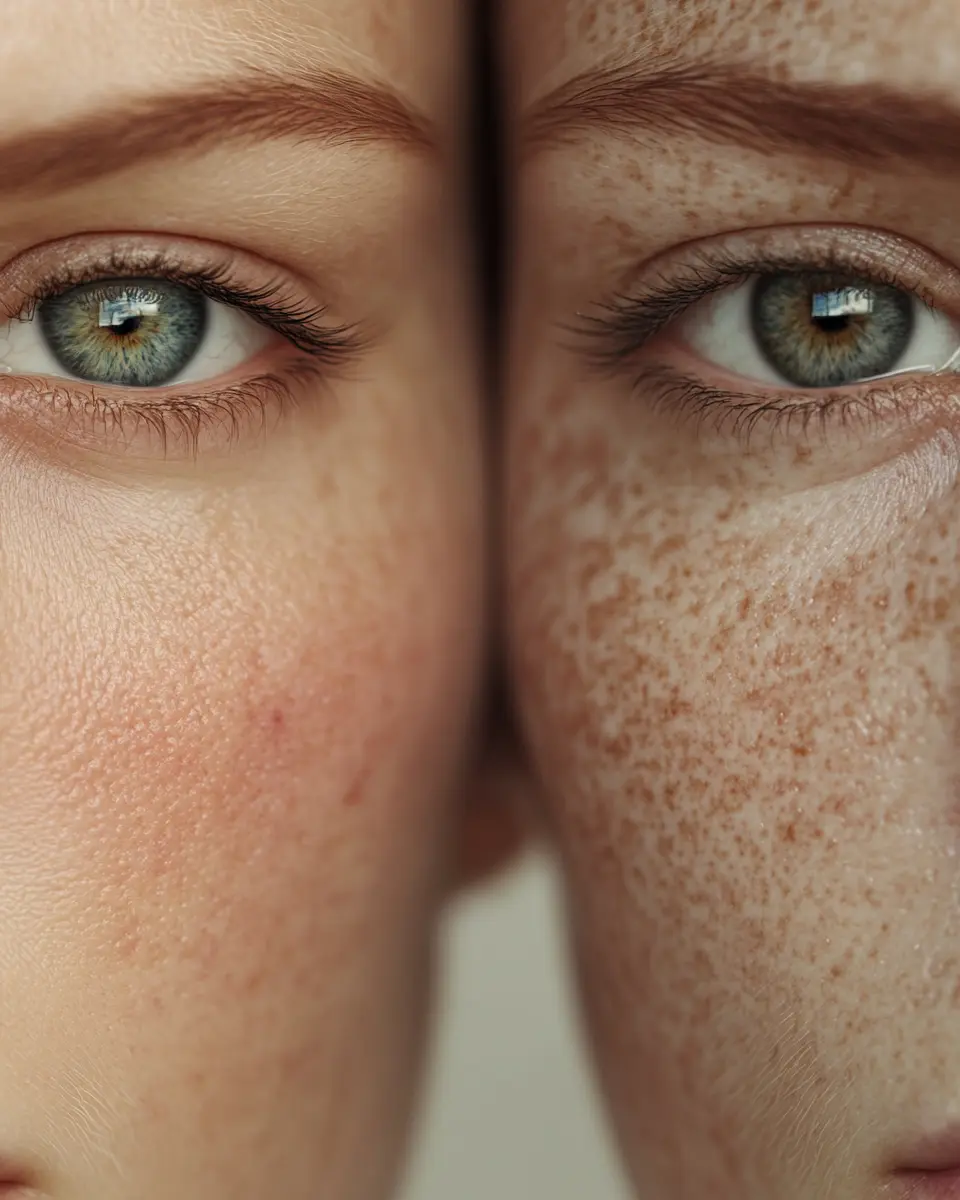
My patient’s real story
Meet Maria
Maria, 45, is a successful manager and mother of two teenagers.
She came to me with complaints about dry skin, wrinkles and dull complexion.
She noticed that after a vacation at the sea, her skin looked tired and pigment spots appeared.
Our plan of action
- Lifestyle analysis:
- It turns out that Maria is often out in the sun without sufficient protection.
- Stress at work and at home.
- Irregular meals.
- Nutritional recommendations:
- Include nuts and seeds in the diet.
- Consume more fruits and vegetables.
- Drink an adequate amount of water.
- Cosmetic remedies:
- Prescribed vitamin E cream for nighttime application.
- Recommended vitamin C and E serum for morning care.
- Additional measures:
- Take vitamin E supplements of 200 IU per day in consultation with a therapist.
- Use SPF 30 sunscreen daily.
Results after 8 weeks
- Improved skin hydration: Maria noted that her skin was less dry and tight.
- Wrinkle reduction: fine lines and wrinkles became less visible.
- Light and even skin tone: age spots lightened and my face looked fresh.
Maria was delighted and said she felt 5 years younger!
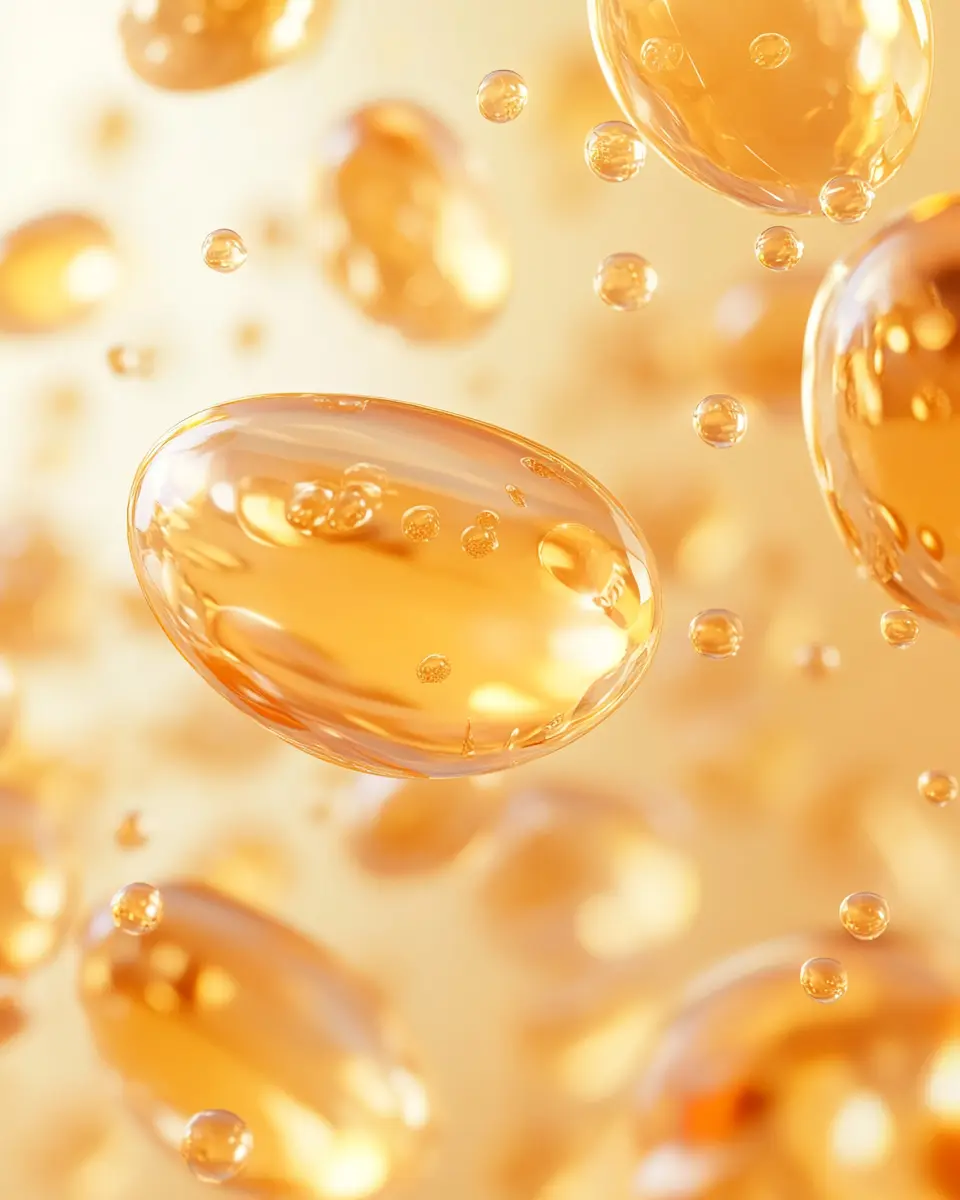
Scientific research confirms the effectiveness of vitamin E
A study on sunlight protection
In 2018, a study was published in the Journal of Dermatological Science that involved 100 women between the ages of 35 and 60.
One group used a vitamin E cream and the other group used a regular moisturizer.
Results:
- Women who used vitamin E had a 25% reduction in wrinkle depth.
- Skin moisturization improved.
- Age spots became less visible.
How does it work?
Vitamin E protects the skin from the harmful effects of UV rays, reducing cell damage and preventing the formation of free radicals.
Study on internal vitamin E supplementation and UV protection
In 2020, a study led by Li2 and co-authors was published in the journal Photodermatology, Photoimmunology & Photomedicine.
Study Description:
- Participants: 70 individuals between the ages of 25 and 55 years.
- Methods: Participants took 400 IU of vitamin E daily for 3 months.
Results:
- A 20% increase in skin resistance to UV radiation:
- Participants showed a reduction in skin redness (erythema) after UV exposure compared to the beginning of the study.
- Reduction in oxidative markers in the blood:
- There was a decrease in malonic dialdehyde (MDA) levels, indicating a decrease in oxidative stress.
How does it work?
Taking vitamin E internally can enhance the skin’s natural defense against UV radiation, reducing oxidative damage to cells and decreasing inflammatory responses.
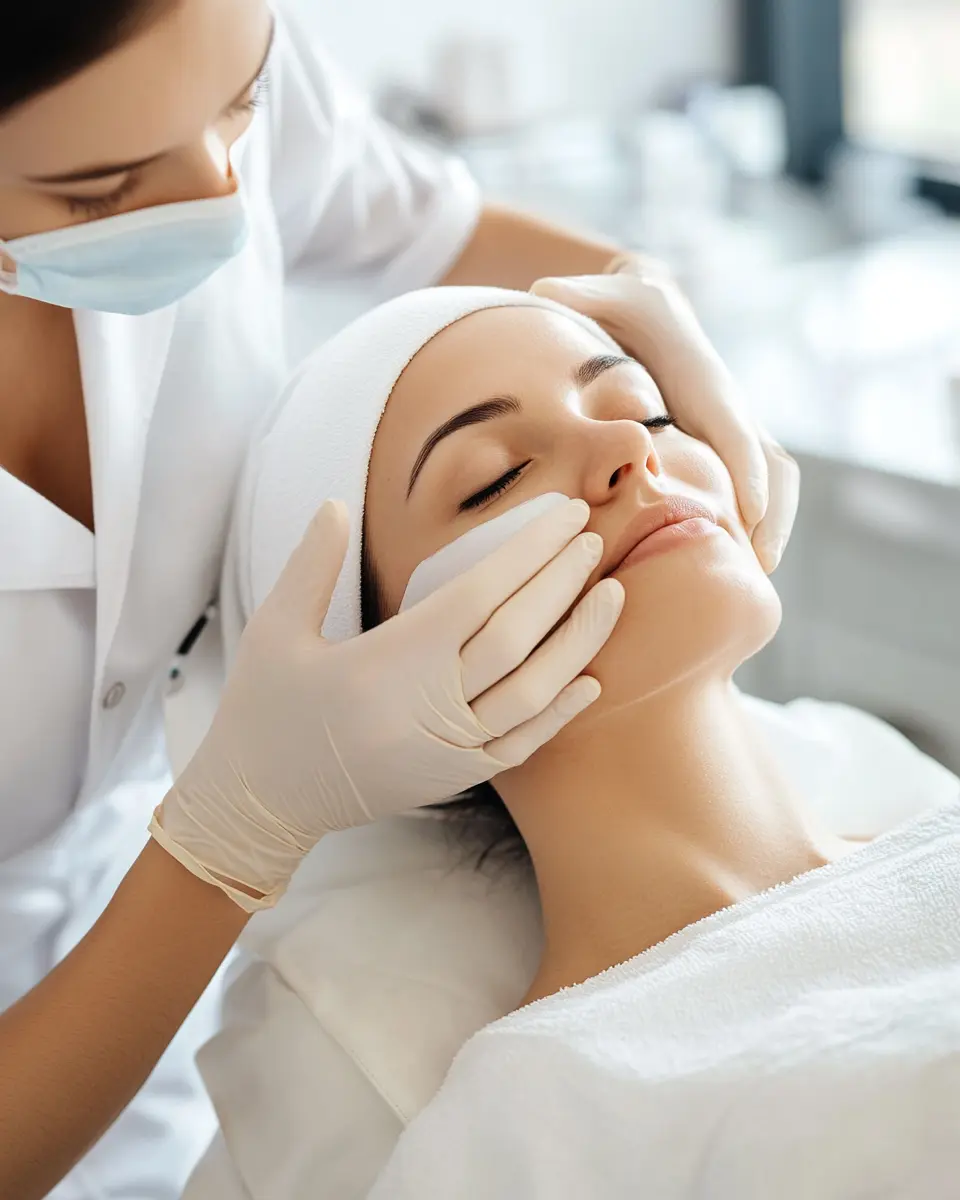
Practical recommendations
How do you incorporate vitamin E into your skincare routine?
- Use vitamin E creams:
- Look for “tocopherol” or “tocotrienol” in the ingredients.
- Apply to cleansed skin on face and neck.
- Take vitamin E orally:
- Consult your doctor before starting to take it.
- The recommended dose for adults is 15 mg per day.
- Pay attention to nutrition:
- Add nuts, seeds, vegetable oils to your diet.
- Eat more green vegetables.
- Protect your skin from the sun:
- Use sunscreen even in cloudy weather.
- Wear hats and sunglasses.
Important points
- Do not overdo the dosage: too high doses of vitamin E can be harmful.
- Consult your health care professional: before changing your diet or starting supplements.
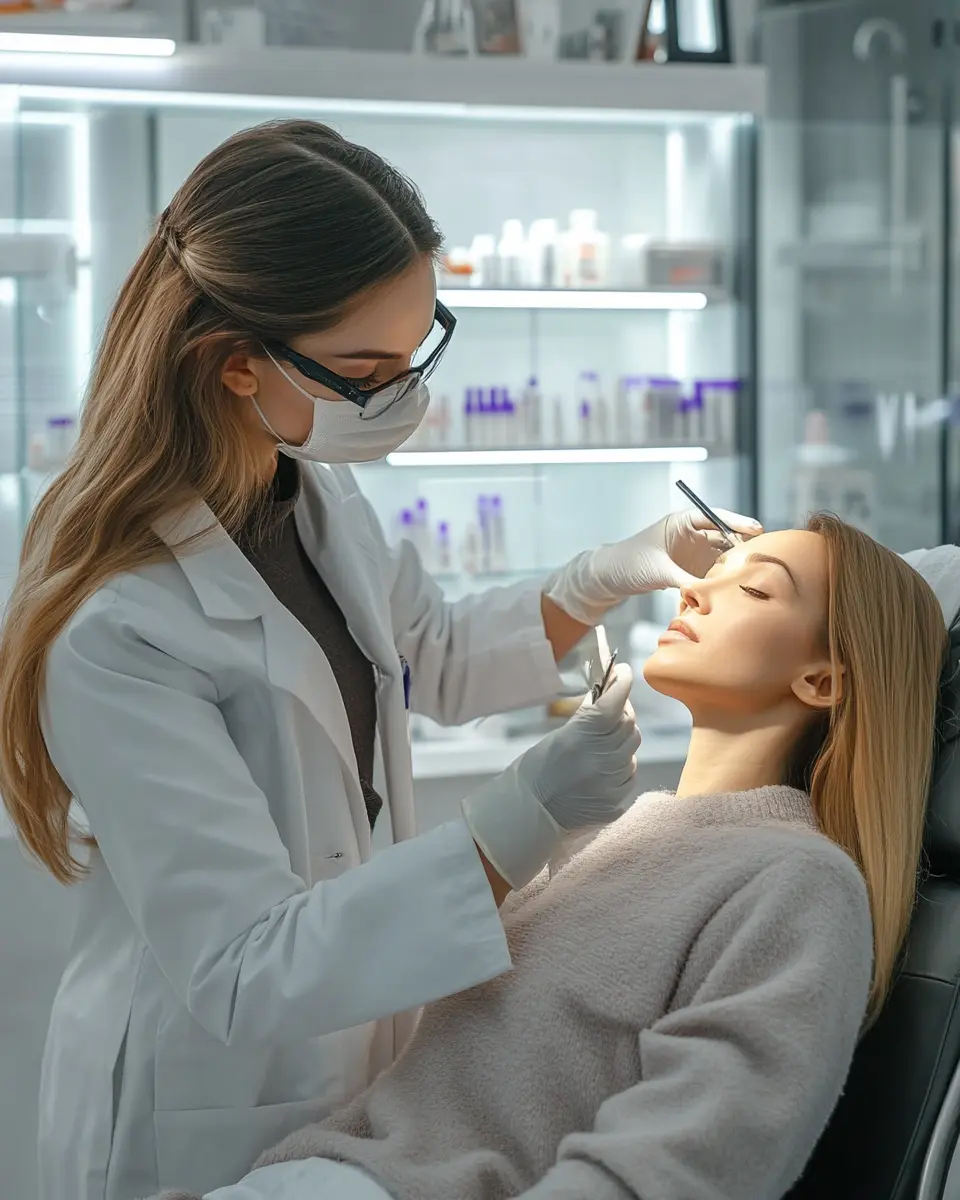
Frequently Asked Questions
Can vitamin E be used for oily skin?
Are there any side effects?
Can vitamin E from capsules be applied directly to the skin?
Conclusion
Vitamin E is a powerful ally in the fight for healthy and beautiful skin. It protects against the harmful effects of the environment, slows down the aging process and improves the overall condition of the skin. Include it in your daily care and diet and you will notice positive changes in the near future.
List of references
- Smith et al., “The effect of topical vitamin E on the skin aging process”, Journal of Dermatological Science, 2018.
- Lee et al., “Oral intake of vitamin E and its protective effect against UV-induced skin damage”, Photodermatology, Photoimmunology & Photomedicine, 2020.
Your experience is important!
Have you tried vitamin E products? Share your impressions and tips in the comments below. Together we can unlock all the secrets of healthy and glowing skin!




